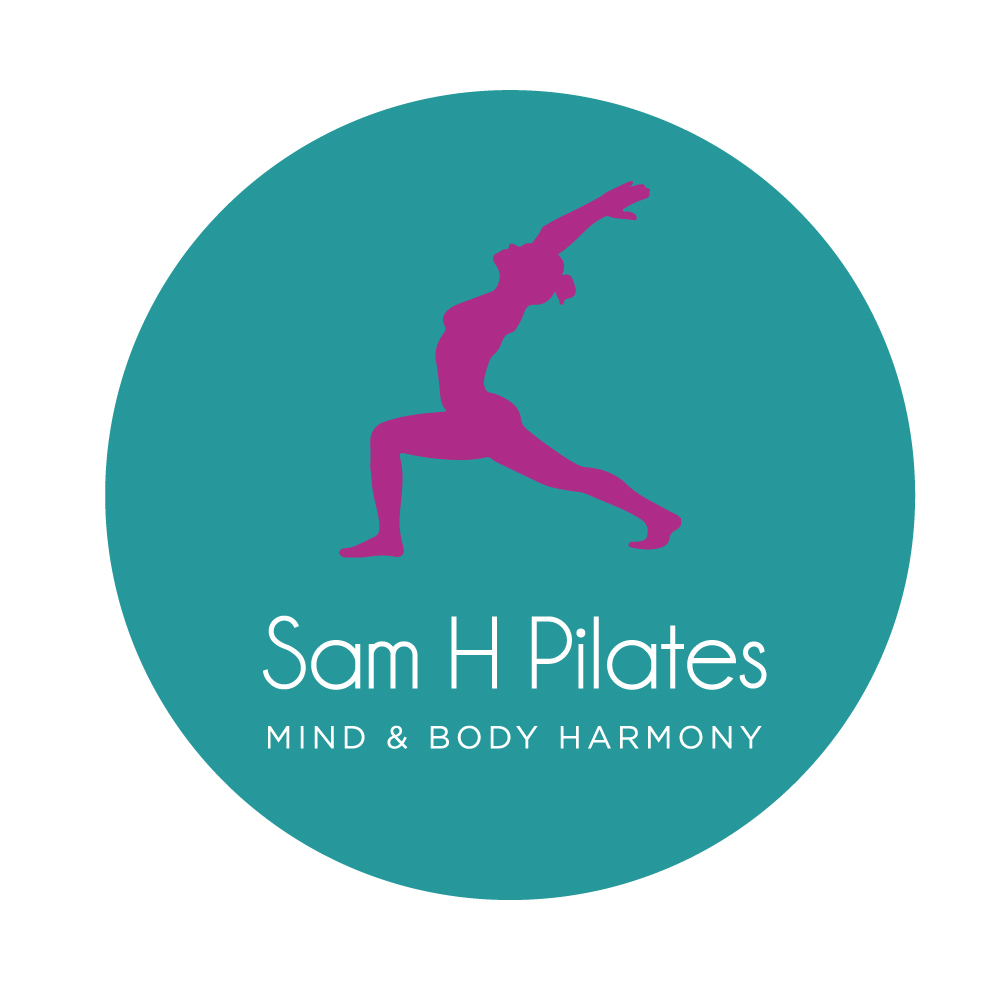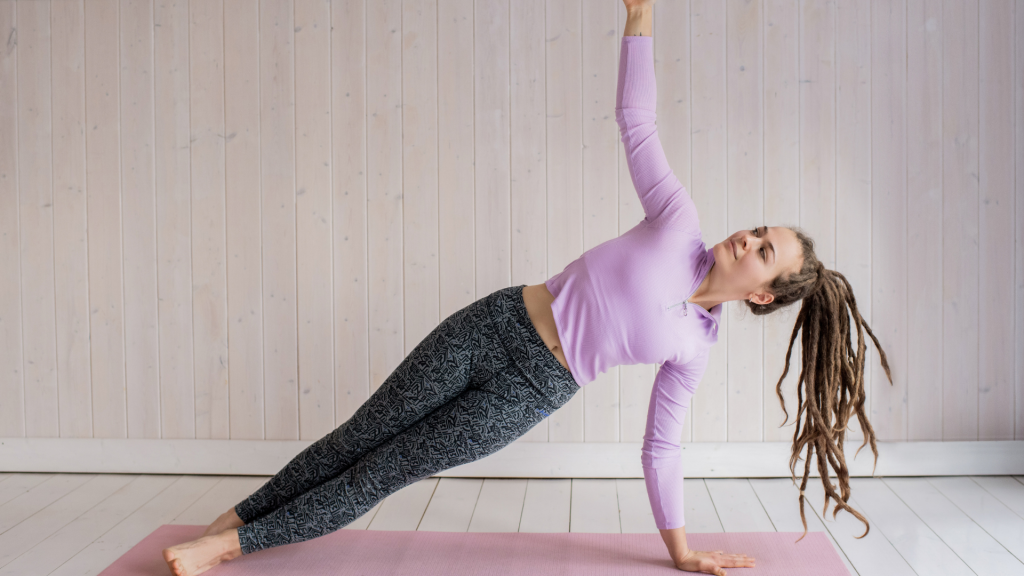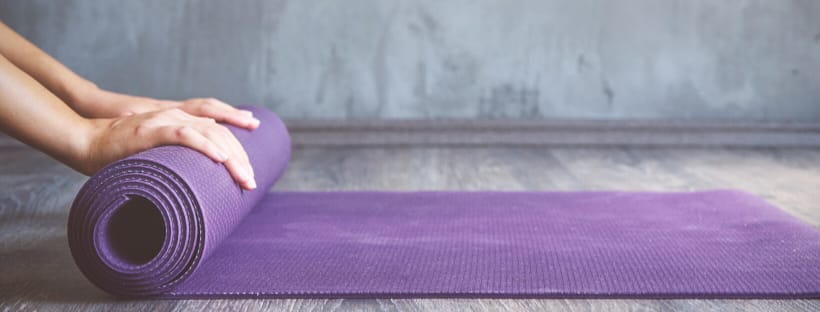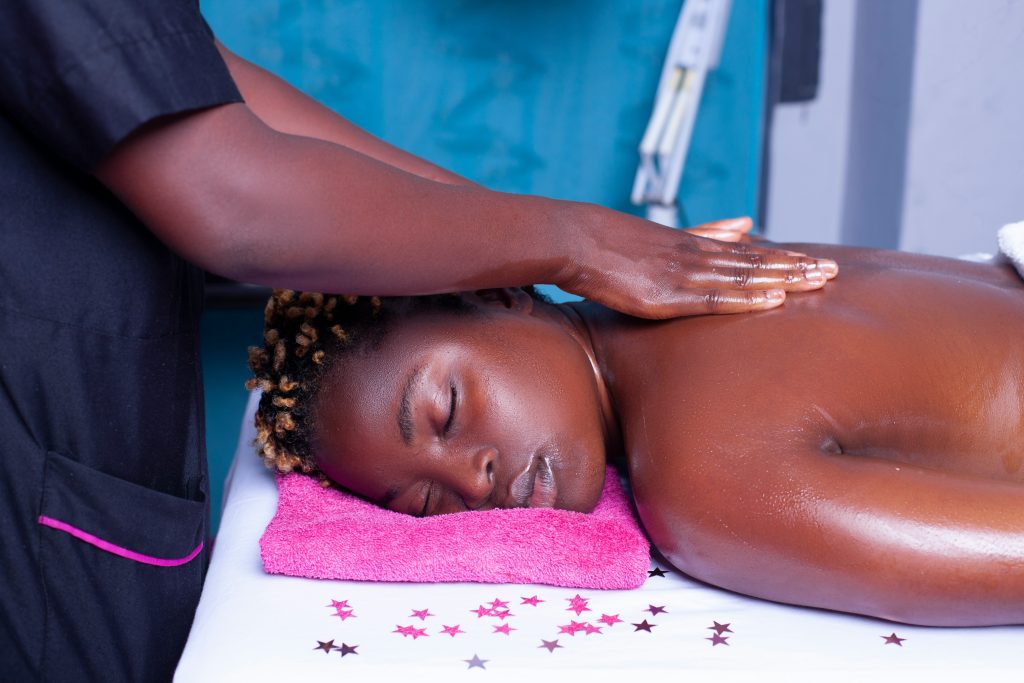Weekly Update
Lymphatic drainage explained; what, why and how
Lymphatic drainage and self-massage have been cropping up all over social media lately, and it’s no surprise clients are asking about it.
Promises of sculpted faces, detoxed bodies, and boosted immunity make it a tempting trend to jump on.
But as always, it’s worth digging a little deeper.
What is lymphatic drainage?
The lymphatic system is part of the body’s natural detox and immune defence.
It moves a clear fluid called lymph through a network of vessels and nodes, helping to remove waste, toxins, and excess fluid.
But unlike the circulatory system, it doesn’t have a pump – lymph relies on movement, breath, and gentle stimulation to keep flowing.
Lymphatic drainage is a light, rhythmic massage that encourages this flow.
It’s been used for years in medical and clinical settings (think post-surgery or managing lymphedema), but it’s now being promoted for everything from skin glow to slimming effects.
Why is everyone talking about it now?
Like most things that go viral, lymphatic drainage has become popular thanks to a few dramatic before-and-after shots and influencers swearing by their jade rollers.
It’s being marketed as a kind of miracle ritual – and while it can have real benefits, many of the claims are, quite frankly, over-hyped.
That said, when done properly, lymphatic massage can be a lovely way to support the body – especially if you tend to feel sluggish, puffy, or just enjoy a hands-on form of self-care.
Where is the lymphatic system located?
The lymphatic system runs throughout the body, with clusters of lymph nodes in key areas:
- under the jaw and behind the ears
- down the sides and front of the neck
- in the armpits
- in the groin
- behind the knees
- around the abdomen and chest
These are the areas you’ll usually aim toward when performing any kind of lymphatic massage.
How does self-massage actually work?
The key to lymphatic massage is gentleness.
The lymphatic vessels sit just beneath the skin, so pressure should be feather-light and repetitive – think brushing or light gliding movements, not kneading or deep muscle work.
Always work towards the nearest lymph nodes.
Face: sweep from the centre of the face out toward the ears and then down the sides of the neck
Body: use upward or inward strokes toward the armpits, groin, or base of the neck, depending on the area
It’s not about force or friction – it’s about rhythm, direction, and flow.
Who is it good for?
This kind of massage can be supportive for:
- mild puffiness, especially around the eyes or jawline
- fluid retention linked to hormonal changes or sedentary lifestyle
- recovery after illness or long-haul travel
- stress reduction and grounding (it helps activate the parasympathetic nervous system)
Precautions to be aware of
While it’s generally safe, there are times when lymphatic massage may not be appropriate.
It’s best to avoid or seek medical advice if:
- you have active cancer or are undergoing cancer treatment
- there’s an ongoing infection or fever
- you have congestive heart failure or kidney issues
- you have clotting disorders or deep vein thrombosis
- there’s unexplained swelling or inflammation
Always check with a healthcare provider if you’re unsure. And if something feels uncomfortable or wrong – stop.
I’ll talk more about this next week.
When and how often should you do it?
You don’t need to overdo it. 2–3 times a week is plenty, or just when you feel you need it.
For some, a short facial massage in the morning helps reduce puffiness. Others may prefer a more complete routine in the evening as part of wind-down time.
Listen to your body – it’ll tell you when something is working and when it’s too much.
Self-care after lymphatic massage
Because the lymphatic system helps carry waste products out of the body, it’s worth supporting it after a massage by:
- drinking plenty of water to help flush the system
- resting or keeping movement gentle
- avoiding alcohol, caffeine, or heavy foods straight afterwards
- including breathwork or gentle Pilates to encourage flow
Some people may feel a bit tired or thirsty after – it’s normal.
Just treat it as a signal that your body’s doing its job.
Sam ‘available for facial massages’ Hobbs



